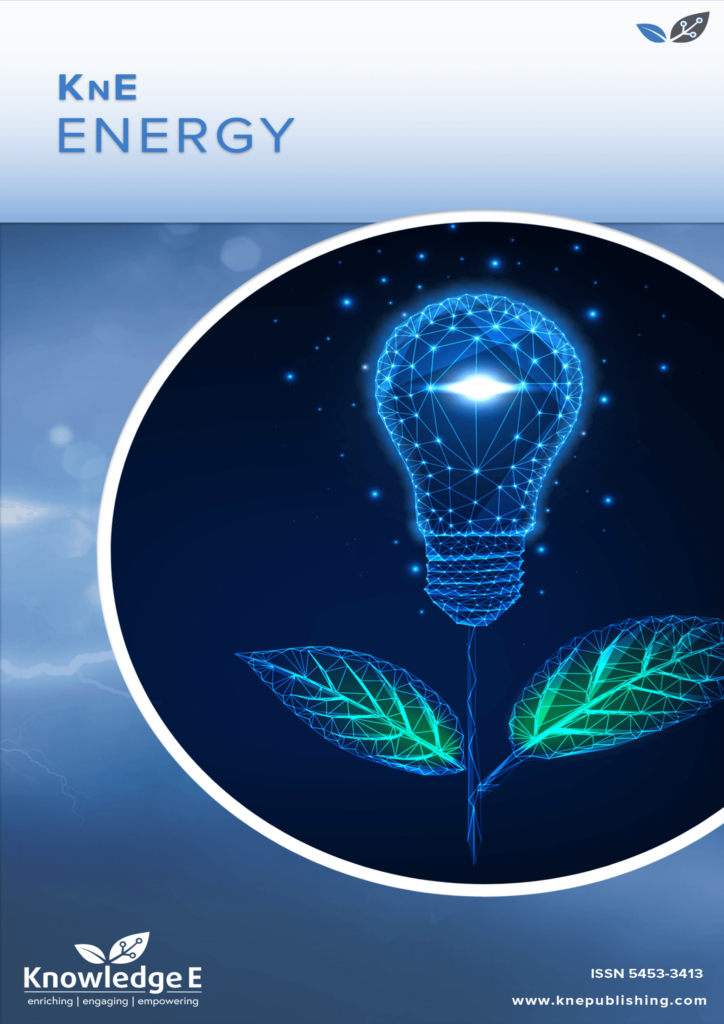
KnE Energy
ISSN: 2413-5453
The latest conference proceedings on energy science, applications and resources
Effect Of U-9mo/Al Fuel Densities On Neutronic And Steady State Thermal Hydraulic Parameters Of Mtr Type Research Reactor
Published date: Sep 20 2016
Journal Title: KnE Energy
Issue title: International Conference on Nuclear Energy Technologies and Sciences (2015)
Pages: 12-21
Authors:
Abstract:
The objectives of this research work are to carry out a detailed neutronic and steady state thermal hydraulics analysis for a MTR research reactor fuelled with the low enrichment U-9Mo/Al dispersion fuels of various uranium densities. The high density uranium fuel will increase the cycle length of the reactor operation and the heat flux in the reactor core. The increasing heat flux at the fuel will causing increase the temperature of the fuel and cladding so that the coolant velocity has to be increased. However, the coolant velocity in the fuel element has a limit value due to the thermal hydraulic stability considerations in the core. Therefore, the neutronic and the steady state thermal hydraulic analysis are important in the design and operation of nuclear reactor safety. The calculations were performed using WIMS-D5 and MTRDYN codes. The WIMS-D5 code used for generating the group constants of all core materials as well as the neutronic and steady state thermal hydraulic parameters were determined by using the MTRDYN code. The calculation results showed that the excess reactivity increases as the uranium density increases since the mass of fuel in the reactor core is increased. Using the critical velocity concept, the maximum coolant velocity at fuel channel is 11.497 m/s. The maximum temperatures of the coolant, cladding and fuel meat with the uranium density of 3,66 g/cc are 70.85°C, 150.79°C and 153.24°C, respectively. The maximum temperatures are fulfilled the design limit so reactor has a safe operation at the nominal power.
References:
[1] Tukiran, S. Pinem, Tagor M. S, Lily Suparlia, Jati Susilo ,“Neutronics Conceptual Design of the Innovative Research Reactor Core Using Uranium Molybdenum fuel”, Journal of Nuclear Reactor Technology Tri Dasa Mega, Vol. 3, Issue 3, pp. 179 – 191 (2012)
[2] Rokhmadi, Tukiran ,”Fuel Density Effect on Parameter of Reactivity Coefficient of the RRI Core”, Journal of Nuclear Reactor Technology Tri Dasa Mega, Vol. 15, Issue 2, pp. 77 – 89 (2012).
[3] Surian Pinem, Iman Kuntoro ,”Effects ofDensity U9Mo/Al Fuel on the Kinetic Parameters of Research Reactor MTR Type”, Journal of Technology Nuclear Materials, Vol. 10, Issue 1, pp. 1 – 9 (2014).
[4] Lily Suparlina, Tukiran ,”Analysis of Fuel Management Pattern Of Research Reactor Core Of The MTR Type Design”, Journal of Nuclear Reactor Technology Tri Dasa Mega, Vol. 16, Issue 2, pp.:89 – 99 (2014).
[5] Carlos Alberto de Oliviera, Miguel Mattar Neto ,“Flow Velocity Calculation to Avoid Instability In A Typical Research Reactor Core”, 2011 International Energy Horizonte, MG, October 24 – 28, Brazil (2011).
[6] IAEA-TECDOC-233 ,”Research Reactor Core Conversion From the Use of Highly Enriched Uranium to the Use of Low Enriched Uranium Fuels Guidebook”, IAEA, Viena (1980).
[7] Farhan Muhammad, Asad Majid ,“Effect of High Density Dispersion Fuel Loading on Dynamics of A Low Enriched Uranium Fueled Material Test Research Reactor”, Progress in Nuclear Energy, Vol. 51, pp. 339 – 346 (2009).
[8] I.H. Bokhari ,“Steady-State Thermal Hydraulic And Safety Analyses of Proposed Mixed Fuel (HEU & LEU) Core For Pakistan Research Reactor-1”, Annals of Nuclear Energy, Vol. 31, pp. 1265 – 1273 (2004)
[9] Roth,M.J ,”The preparation of input data WIMSD/5”, New York (1976)
[10] Surian Pinem, Tagor MS, Setiyanto ,”Transient Analysis of RSG-GAS Reactor Core When Coolant Flow Reduction Using MTRDYN Code”, Journal of Nuclear Reactor Technology Tri Dasa Mega, Vol.11, Issue 3, pp.153 - 161(2009).